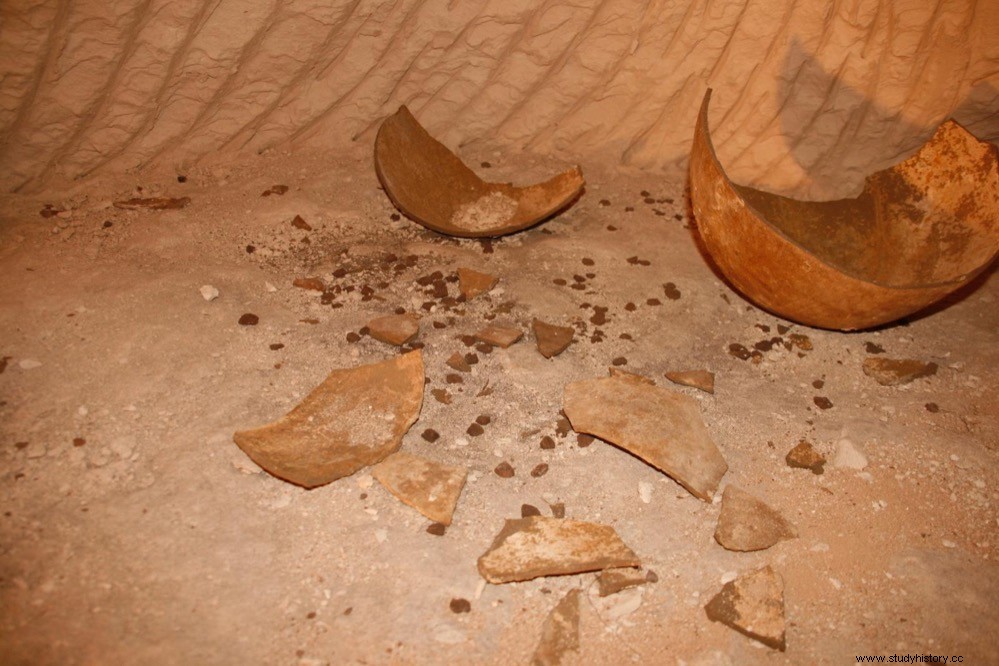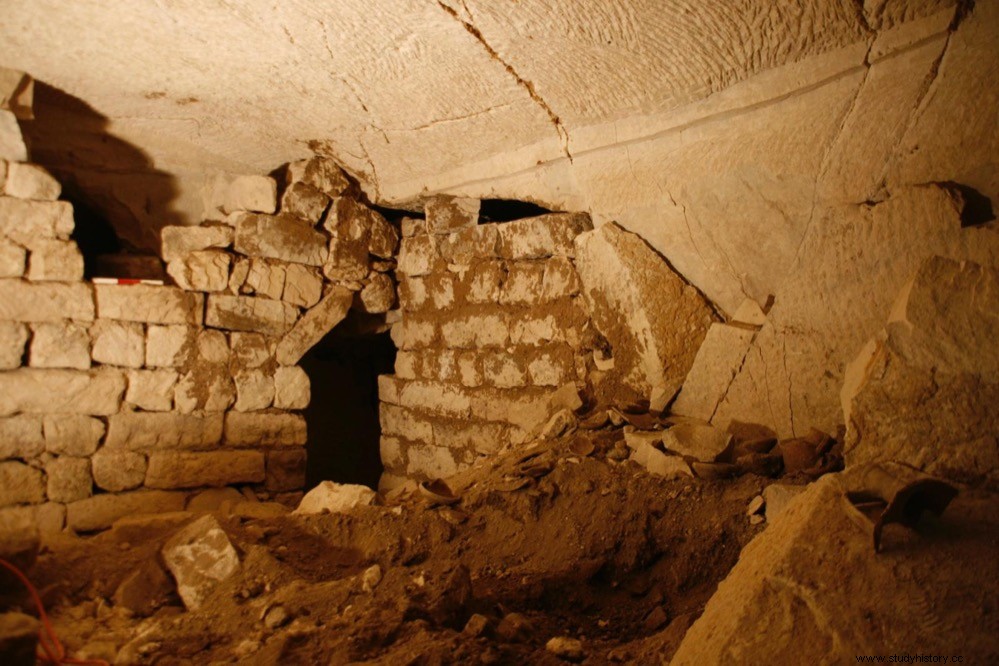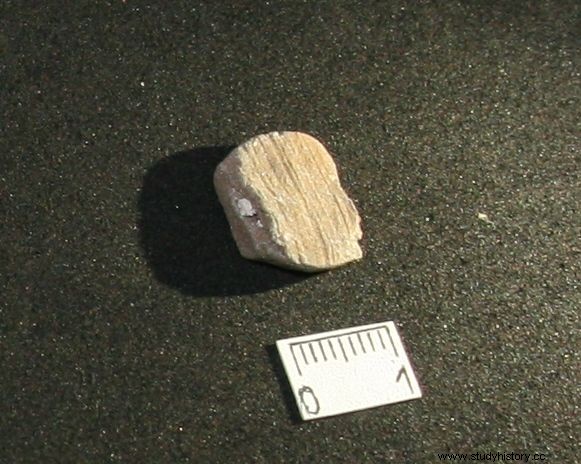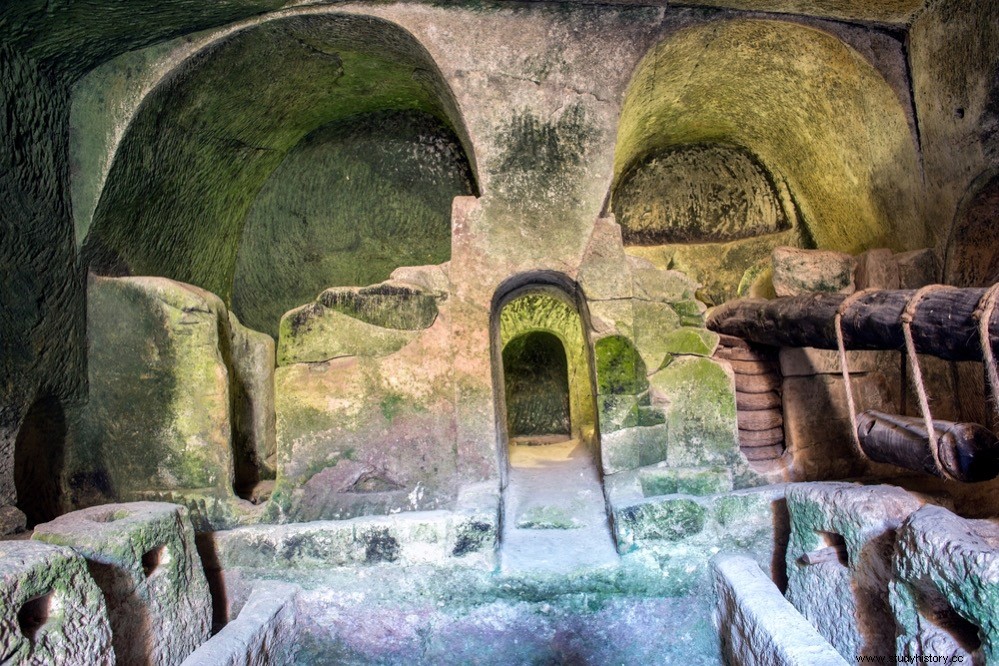The ancient city of Maresha (founded in the Iron Age), near present-day Beth Guvrin in south-central Israel, and known in the Hellenistic period as Marisa , is one of the richest archaeological sites of this last period, between the 3rd and 2nd centuries B.C.
At that time the city was an important commercial center and crossroads, and the discoveries made so far have shed light on the way in which the various cultures and ethnic groups interacted in the area, which was conquered by the Maccabean king John Hyrcanus I. (high priest of the Hasmonean family) in 107 BC

Maresha was first excavated in 1900 by archaeologists Bliss and Macalister for the Palestine Exploration Fund. In 1988 the work was resumed by the Israel Antiquities Authority under the direction of Amos Kloner, and since 2000 by Ian Stern.
The Tell Maresha site It is today a national park and a UNESCO World Heritage Site, thanks to the thousands of caves and underground chambers found under the remains of the Hellenic city, and the numerous discoveries made in them.
The most recent excavation season found seven underground rooms filled with pottery shards, most dating to the Hellenistic period. It was discovered that all these rooms had been modified in ancient times, showing the collapse of walls and even the digging of trenches and ditches in them.

In addition, two oil lamps and a Roman saucepan appeared, something strange because the city had been abandoned around the year 107 BC. and remains after that time are rare. Therefore, archaeologists point out that the caves could have been used as underground shelters during the Bar Kokhba Rebellion between 132 and 135 AD, also known as the Second Jewish-Roman War against the Roman Empire. Precisely the great destruction and loss of life caused by this revolt makes many researchers consider it the beginning of the Jewish diaspora:the majority of the population was killed, enslaved or forced into exile, and their religion was prohibited.
In one of the rooms, a group of large storage containers was found, but also what is the great surprise for archaeologists:more than 1,000 bullae (plural of bulla ) scattered on the ground. Bullae are small clay spheres that contain iconic representations of animals or mythology, and have been used in commercial transactions since Mesopotamian times.

In this case the bullae are uncooked, and the archaeologists believe that they were used to seal the knots of rope with which the papyri were tied. These would not have survived more than 2,000 years in the humid atmosphere of the caves, but given the number of bullae they must have formed a huge private archive. Traces of ropes and even papyrus impressions are still visible on many of the bullae.

Bullae images found include Greek deities such as Athena, Apollo, and Aphrodite, cornucopias, erotic scenes, and animals. Together with the numerous Greek and Aramaic inscriptions discovered at the site, they are already an important source of information for understanding the multicultural aspect of Hellenistic Israel.
